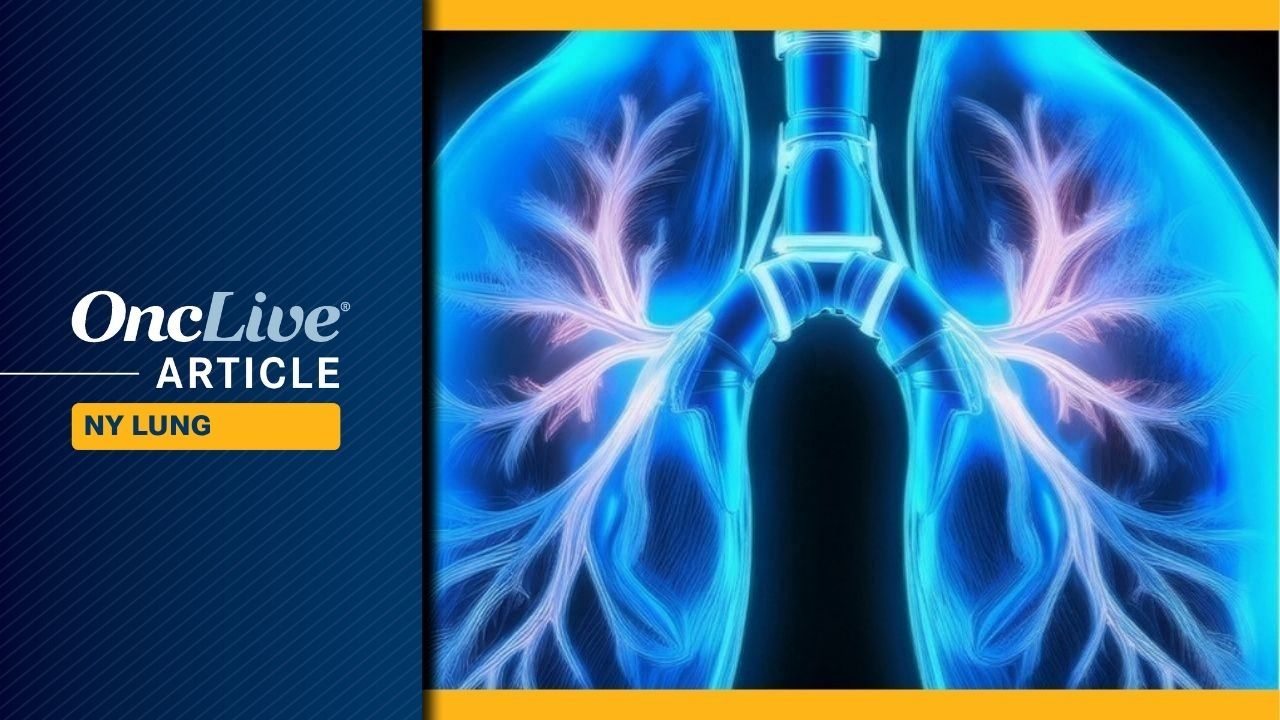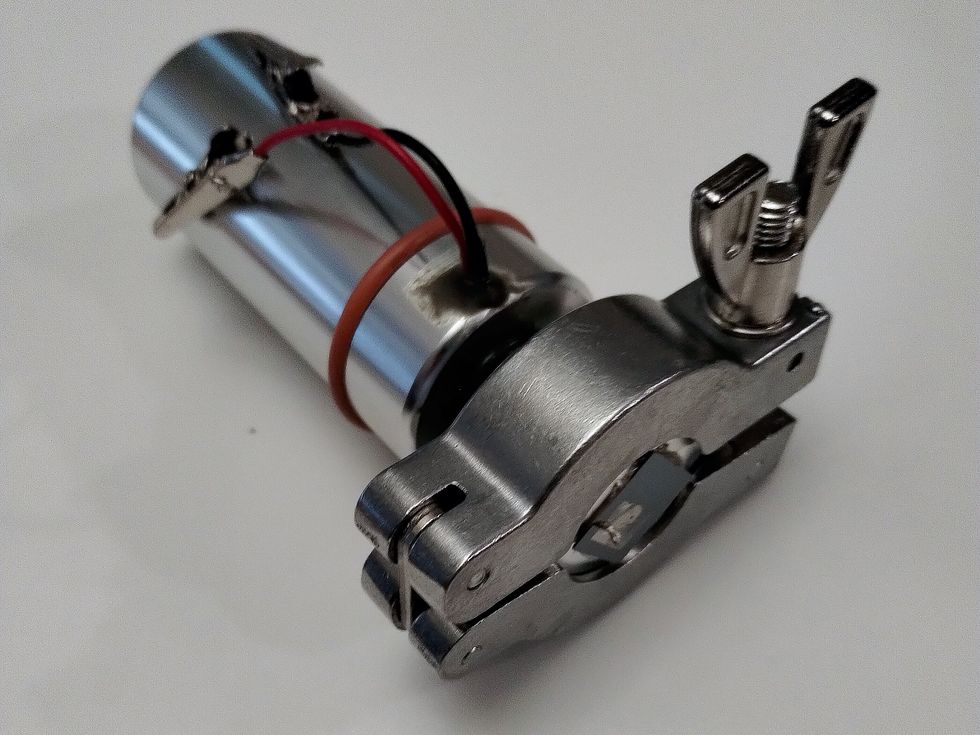The field of non-small cell lung cancer (NSCLC) management is experiencing a transformative shift, as biomarker testing evolves beyond traditional genomic analysis. This movement embraces innovative protein-based and computationally derived markers, reflecting advancements in understanding therapeutic resistance and the introduction of new treatments. Dr. Soo-Ryum (Stewart) Yang, an assistant attending pathologist and co-director of Clinical Biomarker Development at Memorial Sloan Kettering Cancer Center, highlighted these changes during his presentation at the 20th Annual New York Lung Cancers Symposium on November 15, 2025.
Dr. Yang identified four significant trends shaping this landscape: the rise of protein-based immunohistochemistry (IHC) biomarkers, the actionable insights from tumor suppressor genes, the potential of synthetic lethality in treatment, and the integration of computational pathology into diagnostic processes. He emphasized the ongoing challenge of tissue scarcity, which necessitates the development of multiplex IHC techniques and the incorporation of broad panel next-generation sequencing (NGS) combined with artificial intelligence (AI) to enhance personalized therapies for NSCLC patients.
In recent years, the focus has shifted to the expression levels of specific proteins on cancer cells, moving away from solely examining mutated genes. Pathologists are now measuring protein expression intensity, which can unveil new treatment avenues. While PD-L1 IHC testing has been a benchmark for guiding checkpoint inhibitor therapy, it is now also being leveraged to inform the use of antibody-drug conjugates (ADCs).
Dr. Yang highlighted two crucial protein biomarkers in NSCLC: HER2 and c-MET. The presence of HER2 overexpression occurs in up to 20% of patients, with the highest expression level (IHC 3+) noted in approximately 3% of cases. Dr. Yang clarified that there is no direct correlation between HER2 mutation status and overexpression. Most NSCLC instances exhibiting high-level gene amplification show IHC 3+ staining; however, not all 3+ cases are driven by amplification.
The approval of fam-trastuzumab deruxtecan-nxki (T-DXd; Enhertu) for HER2-positive solid tumors, including NSCLC patients who have previously undergone treatment, was substantiated by the phase 2 DESTINY-Lung01 study (NCT03505710). Dr. Yang indicated that HER2 scoring guidelines from gastric cancer should now be applied to NSCLC testing.
Regarding c-MET, Dr. Yang reported that overexpression is frequent in NSCLC, with actionable c-MET-high status—defined as over 50% of tumor cells exhibiting 3+ staining—present in up to 17% of EGFR wild-type cases. The FDA granted accelerated approval to telisotuzumab vedotin-tllv (teliso-V; Emrelis) for this patient population, supported by data from the phase 2 LUMINOSITY trial (NCT03539536).
The integration of HER2 and c-MET IHC screening introduces considerable challenges to existing diagnostic workflows. Dr. Yang proposed a flexible approach with standardized options, enabling institutions to optimize their workflows based on multidisciplinary input and available resources.
Several promising biomarkers are currently under exploration, offering potential to refine personalized treatment for NSCLC. Among these, KRAS mutations are notable, occurring in up to 40% of lung adenocarcinomas, with various mutations identified in codons G12, G13, and Q61. The KRAS G12C mutation stands out as the most prevalent, followed by G12V and G12D mutations. Dr. Yang noted that KRAS G12D mutations correlate with a history of light or no smoking, a lower tumor mutational burden, and reduced PD-L1 expression, which complicates treatment responses.
Targeted therapies for KRAS G12C, such as sotorasib (Lumakras) and adagrasib (Krazati), have garnered approval, while further development of therapies targeting other KRAS mutations is underway. The zoldonrasib (RMC-9805) inhibitor, specifically for KRAS G12D, demonstrated an overall response rate of 61% in a phase 1 study (NCT06040541), with a disease control rate of 89%.
Dr. Yang also addressed the role of STK11 and KEAP1 mutations, which appear in up to 20% of lung cancers and often coexist with KRAS mutations. These mutations contribute to an immunosuppressive tumor microenvironment, leading to primary resistance against immunotherapy. An analysis of the phase 3 POSEIDON trial (NCT03164616) indicated that combining a CTLA-4 inhibitor with a PD-L1 inhibitor and chemotherapy improved progression-free survival and overall survival in patients with these mutations.
As this landscape evolves, Dr. Yang underscored the need for broad-panel NGS to detect the range of inactivating mutations across these tumor suppressor genes, as PCR methods are insufficient. He also discussed the significance of MTAP deletions, present in up to 18% of lung cancers, which create metabolic vulnerabilities that can be targeted therapeutically—an approach known as synthetic lethality.
The methodology for detecting MTAP deletions includes NGS, which can identify homozygous deletions without requiring additional tissue if included in the panel. However, it is sensitive to tumor purity and necessitates a deletion in over 20% of tumor cells for reliable results. Immunohistochemistry can also identify loss of MTAP protein expression, offering a more sensitive approach for low-purity samples.
Dr. Yang expressed concern over the ongoing issue of tissue availability, stating, “We have the same small biopsy, and we’re required to test for an expanding list of biomarkers that may require additional separate tissues.” In lung cancer, TROP2, a cell surface protein, is being explored as a target for ADC development. The phase 3 TROPION-Lung01 study (NCT04656652) found a progression-free survival benefit with datopotamab deruxtecan-dlnk (Dato-DXd; Datroway) compared to docetaxel, although no statistically significant overall survival benefit was observed.
To enhance predictive accuracy, researchers developed an AI-driven methodology that quantifies TROP2 staining, generating a continuous score that was retrospectively applied to the TROPION-Lung01 study. Dr. Yang noted that while this proof of concept is promising, it requires prospective validation in independent cohorts. Additionally, he raised concerns regarding the proprietary nature of the digital pathology ecosystem currently tied to this biomarker, which may limit broader accessibility.
The ongoing development of treatments for lung cancer is increasingly focused on a holistic approach that integrates protein analysis, AI insights, and new therapeutic strategies like synthetic lethality. Dr. Yang concluded by emphasizing the importance of multiplex IHC testing, akin to prior advancements in molecular markers and NGS. He stated, “In the next few years, broad-panel NGS and IHC, along with AI, are going to be the cornerstones of comprehensive biomarker testing in lung cancer.”






